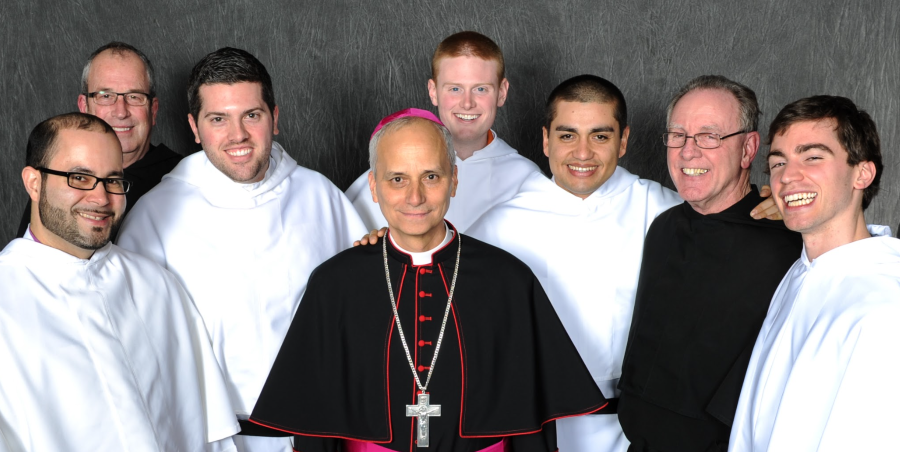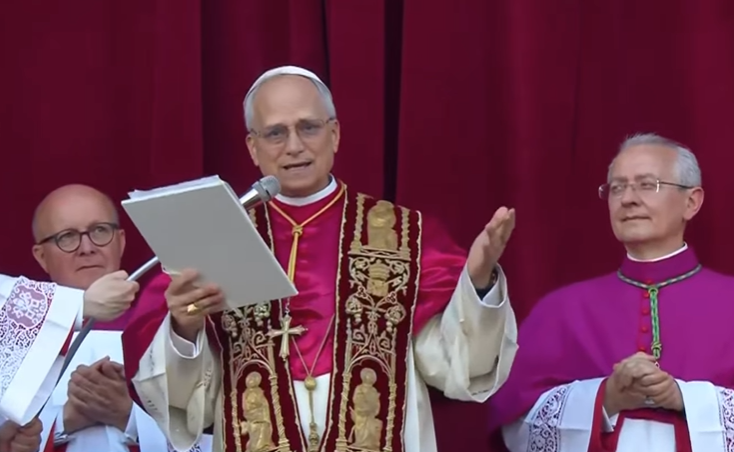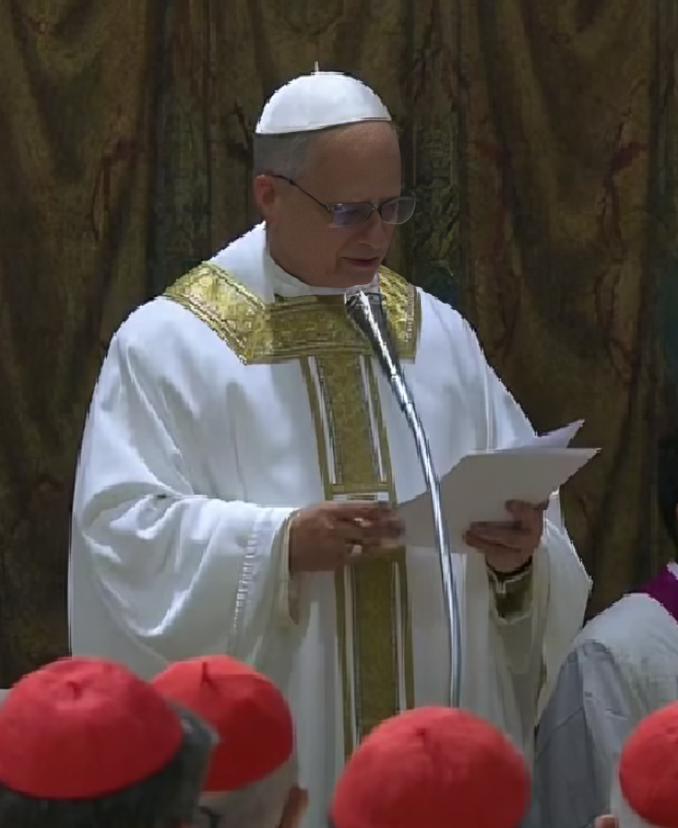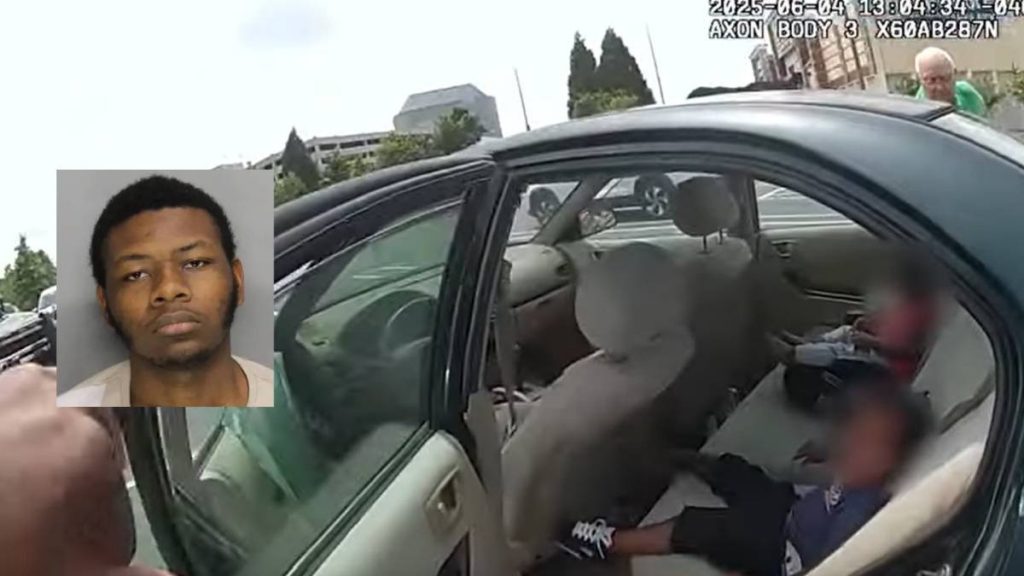Will Pope Leo XIV’s Reforms End the Clergy Sexual Abuse Crisis?

© angelicum.it
The clergy sexual abuse crisis remains one of the Catholic Church’s most pressing challenges, and Pope Leo XIV, the first American pope, faces intense scrutiny as he navigates this issue.
His past actions as a bishop and his recent pledges as pope have sparked both hope and skepticism.
How will he address the Church’s history of mishandling abuse cases, and can he restore trust among survivors and the faithful?
This document explores his record, his reform promises, and the obstacles he faces, drawing from reports and his own statements.
Past Record and Criticism

Before becoming Pope Leo XIV, Cardinal Robert Prevost served as a bishop in Peru, where his handling of clergy abuse allegations drew significant criticism.
A 2022 investigation by the National Catholic Reporter revealed delays in addressing abuse complaints, with some cases lingering unresolved for years.
Critics argued that Prevost prioritized the Church’s reputation over justice, allegedly transferring accused priests to other parishes rather than suspending them immediately (National Catholic Reporter, 2022).
One survivor recounted, “We begged for action, but the bishop seemed more concerned with avoiding scandal than protecting us” (Crux, 2022).
These reports painted a picture of a leader hesitant to confront the crisis head-on, a perception that followed him to the papacy.
Prevost’s defenders, however, argue that he faced systemic constraints. The Peruvian Church lacked robust protocols at the time, and local judicial systems were often uncooperative.
A 2023 statement from his former diocese claimed, “Bishop Prevost worked within the limits of canon law and local resources to address allegations” (Catholic News Service, 2023).
Despite these defenses, the lack of transparency during his tenure has fueled distrust, with survivors’ groups like SNAP (Survivors Network of those Abused by Priests) calling for a full accounting of his past decisions.
Papal Pledges for Reform

Since assuming the papacy in 2025, Pope Leo XIV has made public commitments to tackle the abuse crisis. In a January 2025 address, he stated,
“We must listen to victims and ensure justice, no matter the cost to our image” (Vatican Press Office, 2025).
This marked a shift from his earlier reticence, signaling an intent to prioritize survivors over institutional interests.
He has promised to implement stricter protocols, including mandatory reporting of allegations to civil authorities, faster investigations, and permanent removal of guilty clergy from ministry.
In a 2025 letter to bishops, he wrote, “Silence and cover-up are sins we can no longer tolerate. Every diocese must act swiftly and openly” (Vatican Document, 2025).
Leo XIV has also proposed a global task force to standardize abuse prevention policies across dioceses.
This task force, announced in March 2025, aims to train bishops, establish victim support programs, and create a public database of credibly accused clergy (Reuters, 2025).
Additionally, he has vowed to increase lay involvement in investigations, responding to calls for less clerical control.
“The laity’s voice is essential to rebuilding trust,” he said during a 2025 synod (Catholic News Agency, 2025).
These pledges align with reforms advocated by survivors’ groups, but their success hinges on implementation.
Challenges and Survivor Demands

Despite his promises, Pope Leo XIV faces significant hurdles. Survivors’ groups remain skeptical, demanding concrete actions over rhetoric.
SNAP issued a statement in 2025 saying, “Words are not enough. We need to see bishops held accountable and victims compensated” (SNAP Press Release, 2025).
The slow pace of past reforms under Pope Francis, who faced similar criticism for unmet promises, looms large.
For example, Francis’s 2019 summit on abuse produced guidelines but lacked enforcement, leaving many survivors disillusioned (BBC, 2019). Leo XIV must avoid repeating this pattern.
Another challenge is resistance within the Church. Some bishops, particularly in conservative regions, view external investigations as an attack on Church autonomy.
A 2025 report noted that certain European and African dioceses resisted sharing records with civil authorities, citing canon law (America Magazine, 2025).
Leo XIV’s push for mandatory reporting could face pushback, requiring him to exert authority over a decentralized institution.
Financial constraints also complicate matters, as compensating victims and funding prevention programs strain diocesan budgets.
In the U.S. alone, settlements have cost billions, with some dioceses declaring bankruptcy (NPR, 2024).
Cultural differences add further complexity. In regions like Latin America and Africa, where the Church wields significant influence, public acknowledgment of abuse remains taboo.
Leo XIV’s experience in Peru may inform his approach, but his call for transparency could clash with local norms.
“The Church must adapt its response to each culture while upholding universal accountability,” he noted in a 2025 interview (Vatican News, 2025). Balancing these tensions will test his leadership.
Path Forward

Pope Leo XIV’s handling of the clergy abuse crisis will define his papacy. To succeed, he must translate pledges into measurable outcomes, such as publishing the promised database of accused clergy and ensuring bishops comply with reporting mandates.
Engaging survivors directly, as he did in a 2025 meeting with victims in Rome, is a step forward, but ongoing dialogue is crucial.
“Listening to survivors is not a one-time act but a commitment,” he said at the meeting (Crux, 2025).
He must also address the root causes of the crisis, such as clericalism—the belief that clergy are above scrutiny.
In a 2025 homily, he warned, “Clericalism has wounded the Church and betrayed the faithful” (Vatican Press Office, 2025).
Promoting a culture of accountability, including consequences for bishops who mishandle cases, will be essential.
Collaboration with secular authorities, as seen in recent agreements with European governments, could bolster credibility (Reuters, 2025).
In conclusion, Pope Leo XIV stands at a crossroads. His past missteps in Peru cast a long shadow, but his reform pledges offer hope for change.
The clergy abuse crisis demands bold action—transparency, justice for survivors, and systemic reform.
Whether he can overcome resistance, meet survivors’ demands, and restore trust remains uncertain.
The world is watching, and the stakes could not be higher for the Catholic Church’s future.
You might also want to read: Pope Leo XIV’s Views on LGBT, Trump, and Other Sensitive Social Issues



